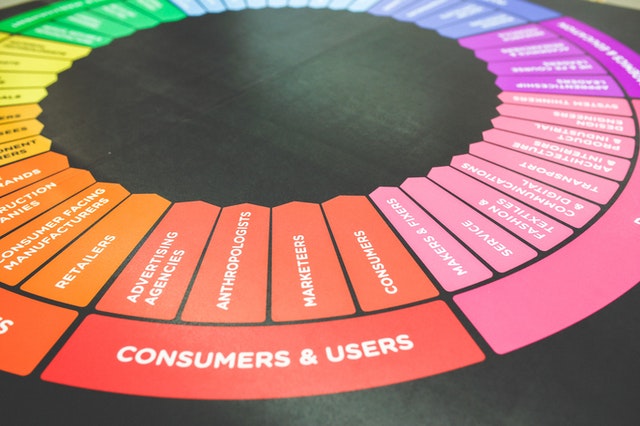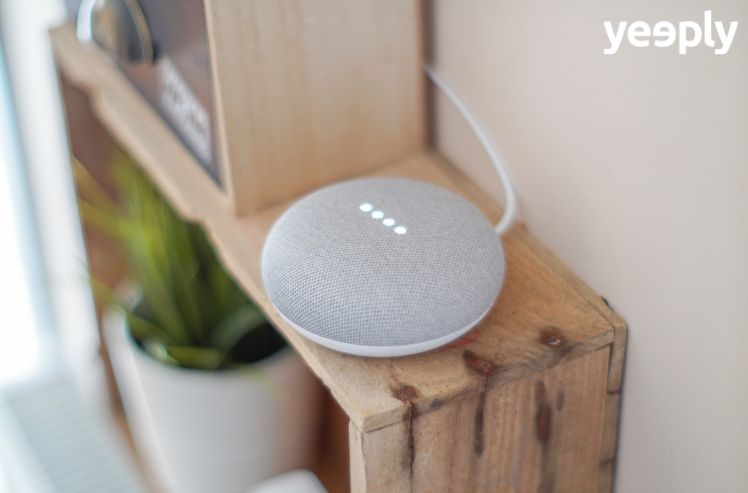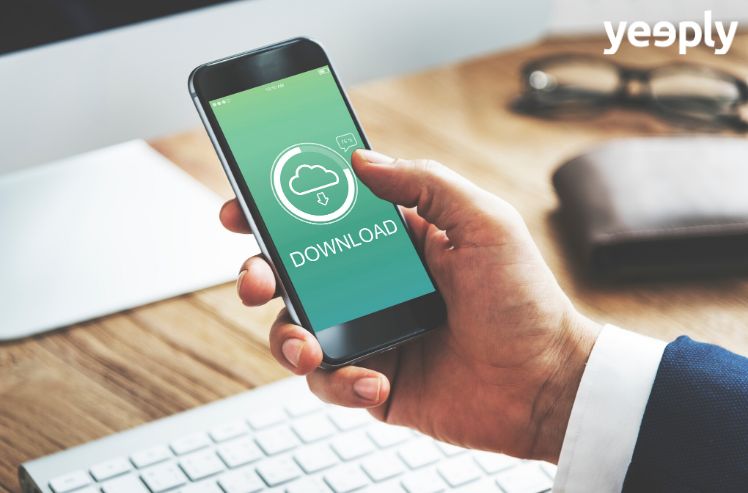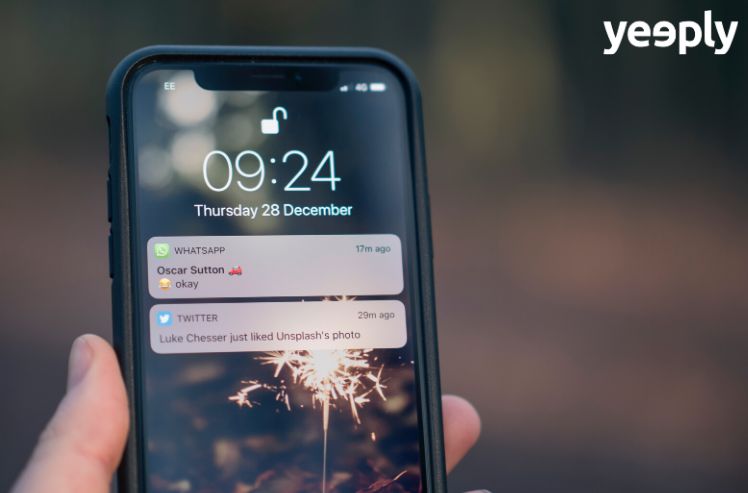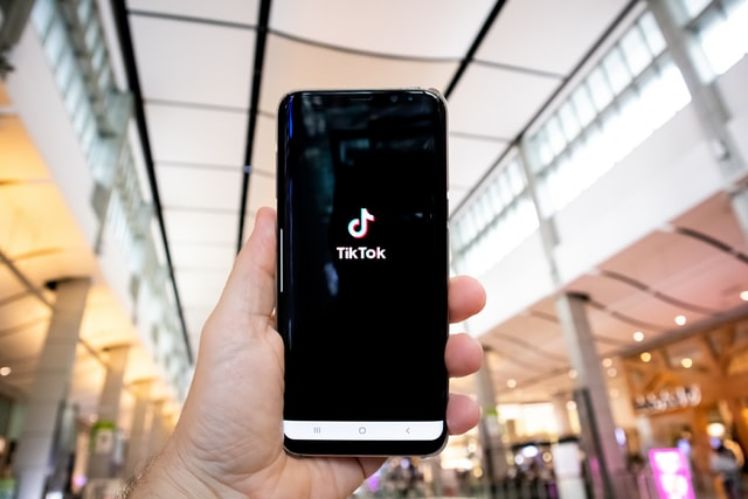When we first arrive at the world of analytics − regardless of whether it’s for an app, mobile, etc. − we often fall into the trap of thinking that data and information are the same thing. Data on their own are not information. There is currently much talk about Big Data and many tools now enable us to collect Big Data concerning our users and our mobile app’s use. However, we must learn to interpret these data correctly to incorporate them into our mobile marketing strategy.
Updated info: Discover the Best App Marketing Strategies [2020]
But how can we achieve this? We recommend you following these 4 Best Practices on mobile marketing for analysing your app. We have defined these practices that will help you improve your app analytics on the basis of our experience and have validated them with several of the industry’s players:
1.Define the appropriate metrics for the analysis in your app
In a previous article, we discussed those metrics that − as a general rule − must be analysed in all apps. However, each application has its own purpose and therefore specific metrics. How can we find out which metrics are the most suitable for our app’s mobile marketing strategy? Let’s consider a hands-on case: we have a photo application specialised in sporting events. This app works in the following way: when going to a match, we can take a picture, edit it and then share it with friends. Let’s call this app LetsFreezeit.

How can I know which are the most appropriate metrics for LetsFreezeit? We must start by asking ourselves the following questions:
- What’s the purpose of our application? In this particular case, LetsFreezeit’s purpose is to be the tool that helps you share your sporting moments.
- How must my users behave within the application? One of the key aspects of LetsFreezeit is that it has to be very easy to use. Our main goal is that users take pictures and share them. Both of these actions are paramount for us.
- What’s our conversion objective? The application is free at the moment. Its main objective is obtaining users and for such purpose we have to make it go viral. If our application includes in-app purchases, the aim will be getting users to buy. If our aim is getting users to subscribe, our conversion objective will be the subscriptions to the service we offer.
We will define which are the most appropriate metrics for optimising our app’s analytics on the basis of these questions. In LetsFreezeit’s case, session duration will not be a key metric, as taking a picture and sharing it can be done very quickly. On the other hand, recurrence will be an important metric to take into account for our mobile marketing strategy.
2. Create events
What’s an event in a mobile application? Events are any actions carried out by our users. Events in an app whose purpose is clear will be very easy to define. And these events will help us know where have our users been strolling by within our app: have they followed the path we thought they would? Are they skipping any of these events?
LetsFreezeit has the following 4 events:
- Choosing a match
- Taking a picture
- Editing the picture
- Sharing it
3. Define funnels of your mobile marketing strategy
Funnels are the processes within our application that we want our users to follow. By following them, users will finally arrive at the objective we have defined for our app. These funnels or processes are defined by the events we have previously established.
LetsFreezeit’s funnel would be:
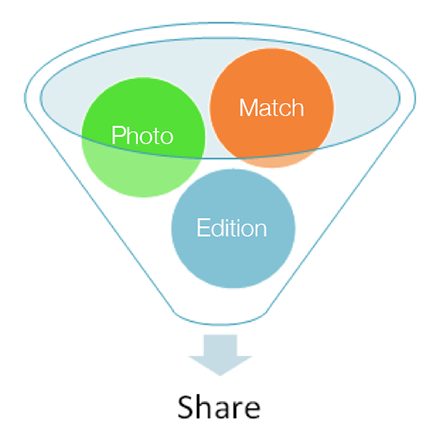
To make the application go viral, we have defined sharing as its conversion objective. This is a simple and streamlined process. However, each application has to find its own one. We may find potential malfunctions or bugs by monitoring these funnels. For example, we might think that there’s some kind of error if we realise at some point that users aren’t going beyond the app’s first event. If they aren’t sharing their pictures through the app, maybe it’s because the process is too complicated.
4. Target your users
Are all your customers the same? No. Users have different profiles and, on top of that, it’s very likely that they are using different devices and networks. If we target users properly, we will find out trends in their behaviour and will be able to identify how each group of users behaves within our application. We can target according to:
- Location
- Device
- Are they making purchases? (In LetsFreezeit’s case it, the equivalent to this would be sharing.)
We can also target our app analytics on the basis of how are users using our app. Some of them may follow funnels that we might not have initially envisaged. It’s very probable that these users are advanced users.
Finallly, if we request users to subscribe to use our app, we can carry out our targeting according to the information our users have given us during the subscription process.
Targeting also helps us improve their engagement: we can launch campaigns that target only users within a certain location or those who are using our app in a particular way.
We hope this article has been useful. Feel free to share it and to follow us on Twitter! And if you have any further questions on app analytics, just send us an email.



